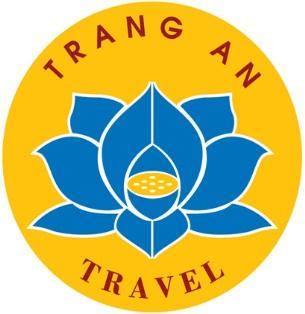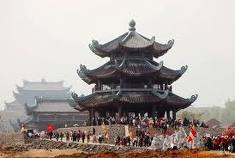Pagodas, Temples
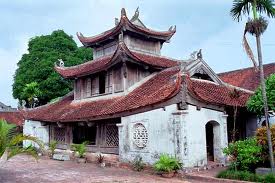
Situated on the dike south of the Duong River in Thuan Thanh District, Bac Ninh Province is But Thap (pen stupa), one of the finest pagodas in the country's north and known as Vietnam's first Buddhist center.
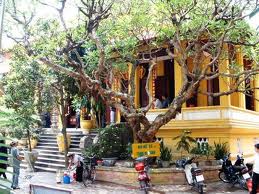
Situated at number 73, Quan Su street, Hoan Kiem district, Ha Noi, Quan Su is one of the most important pagodas in the country. Constructed in the 15th century along with a small house for visiting Buddhist ambassadors, in 1934 it became the headquarters of the Tonkin Buddhist Association and today it is headquarters for the Vietnam Central Buddhist Congregation.
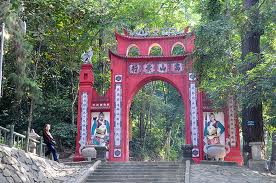
Located on Nghia Linh Mountain, 175 meters by sea level, Phong Chau District, Phu Tho Province. Kings Hung Temple is a complex of majestic architectures that consist of Ha Temple and Thien Quang Pagoda, Gieng Temple, Trung and Thuong temples, and King Hung Tomb.
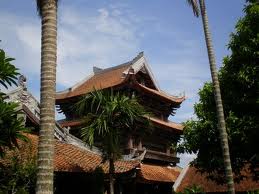
Located 130 kilometres from Hanoi in Duy Nhat commune in Vu Thu district, Keo Pagoda was built in the early days of the 17th century under the direction of Buddhist monk and renowned physician Duong Khong Lo.
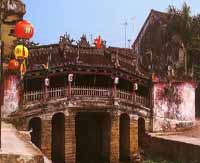
This famed bridge (Cau Nhat Ban) connects Tran Phu Str., with Nguyen Thi Minh Khai Str.,. The first bridge on this site was constructed in the 1590s.
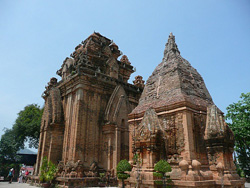
The Cham towers of Po Nagar were built between the 7th and 12th centuries. The site was used for Hindu worship as early as the 2nd century AD. Today, both ethnic Chinese and Vietnamese Buddhists come to Po Nagar to pray and make offerings, according to their respective traditions. This site has a continuing religious significance, so do remember to remove your shoes before entering.

Temple of Literature is located on Van Mieu Street, 2km west of Hoan Kiem Lake. Van Mieu - Quoc Tu Giam is a famous historical and cultural relic consisting of the Temple of Literature and Vietnam is first university. The Temple of Literature was built in 1070 in honour of Confucius, his followers and Chu Van An, a moral figure in Vietnamese education.
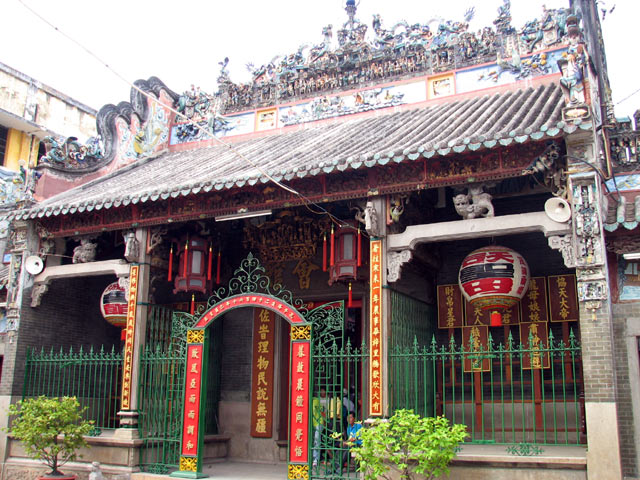
Located in the center of Chinatown, Thien Hau Temple was built by the Cantonese Congregation in 1760 in order to express their gratitude to this Goddess for her protection during their immigration trip to Vietnam by sea. Huge circles of incense, some of which are one meter in diameter and can burn for a whole month, are hung in the main sanctuary.
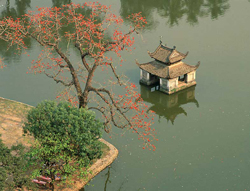
Thay Pagoda, alias Thien Phuc Tu Pagoda, was built in the 11th century during the reign of King Ly Nhan Tong. At first, it was a small pagoda managed by Priest Tu Dao Hanh. The pagoda was initially built according to Sino-Vietnamese character Tam - this character is formed by 3 hyphens parallel to each other.
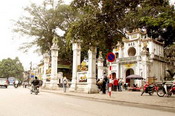
Quan Thanh temple in Hanoi, located at a corner of old Co Ngu Road, present-day Thanh Nien Road and Quan Thanh Street, near Hanoi’s West and Truc Bach Lakes, Quan Thanh Temple with its spacious and charming landscape helps highlight the ancient and romantic beauty of this area.
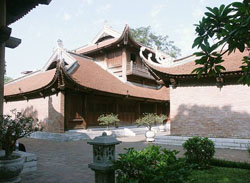
In Yen Village, Thach That District, Ha Tay Province, about 30km from Hanoi City. It is also an exposition gallery for many national engraving and sculpture masterpieces.
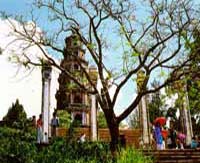
Built in 1601 between a river and a pine forest, the Thien Mu Pagoda ("Heavenly Lady Pagoda") in Hue is one of the oldest and prettiest religious buildings in the country. Among the many interesting artifacts housed at the complex is the car that took the monk Thich Quang Duc to his self-immolation in 1963 Saigon.
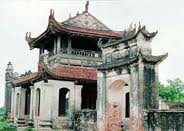
The Dau Pagoda, also known as Phap Van, Dieu Ung or Co Chau, is located in Thanh Khuong commune, Thuan Thanh district, the northern province of Bac Ninh.
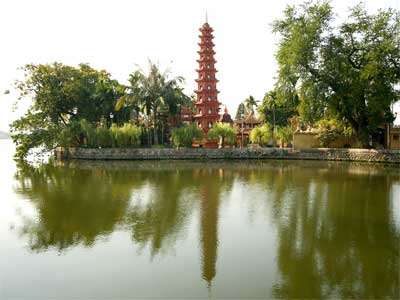
During your supposed time in Hanoi, it is highly suggested that the beautiful Tran Quoc pagoda – the oldest one among others in Hanoi, be added to your visiting list.
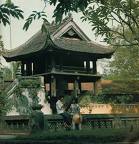
Amongst a number of beauty-spots in Hanoi, the One-Pillar Pagoda (one of Vietnam’s two most iconic pagodas, side by side the Perfume Pagoda) is a popular tourist attraction.
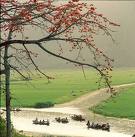
Huong pagoda has a long history in Vietnamese literature. This temple, its name, has been a theme of many songs, topic of poetry, used in literary works as well as backdrops for paintings. The uniqueness of Huong Son is that the mountains, river and forest appears like an oasis for buddhists in the middle of the great plains of northern Vietnam. This location truly incorporates all the elements of beauty that is often used in Eastern philosophy
Tìm kiếm
Tour
Hotel
Keyword
Location
Location
Star
Type
